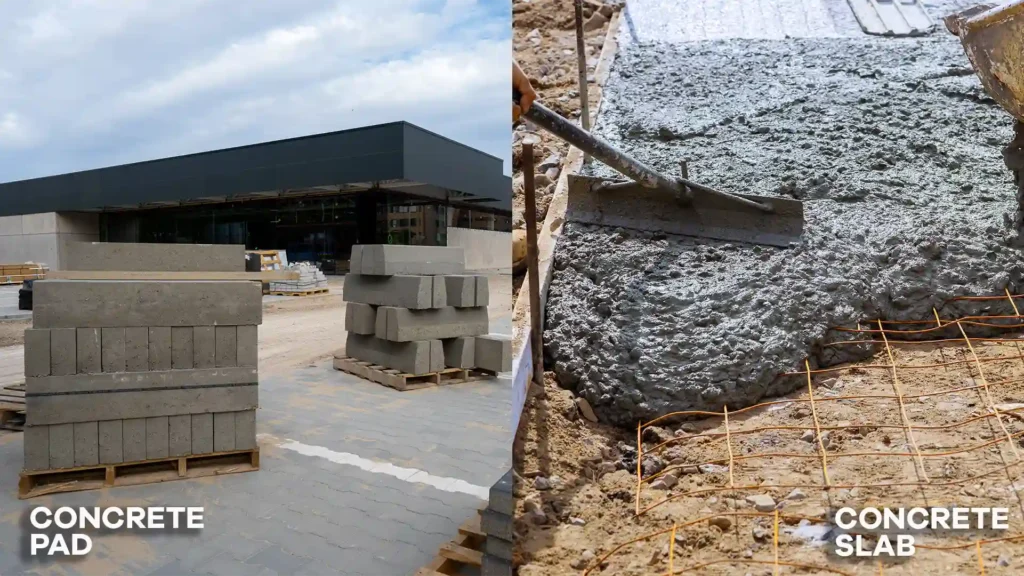The choice between a concrete slab contractor and a concrete pad contractor essentially comes down to loads, span and function — one is structural, the other serves specifically as an underlayment. For instance, a slab serves as the foundation for your entire home, while a pad offers support for a shed, HVAC unit or patio. A slab is usually reinforced and covers a large area, says Premier Pumping, while a pad is smaller — at times not reinforced — and offers localized reinforcement.
Homeowners in Charlotte, NC need to know not only what each is and when to use it, but also how installation, cost drivers, long-term durability and maintenance vary– as well as how they can find a local pro they trust (like Durafy’s partners) to accommodate regional soil conditions and weather patterns.
What Is a Concrete Slab and When Are They Used in Home Building?
The concrete slab is the strong, flat layer of concrete that forms the base of many homes. It is poured directly onto compacted soil or a gravel base and supplemented with steel bars or wire for reinforcement to avoid cracking and uneven settling. Slabs serve as both the foundation and the floor of a house, helping to brace walls while also carrying the weight of the building.
Some types of slabs include monolithic slabs (which are one piece poured all at once) and post-tension slabs (reinforced with cables under tension), which also provide durability, energy efficiency, and resistance to water if installed properly.
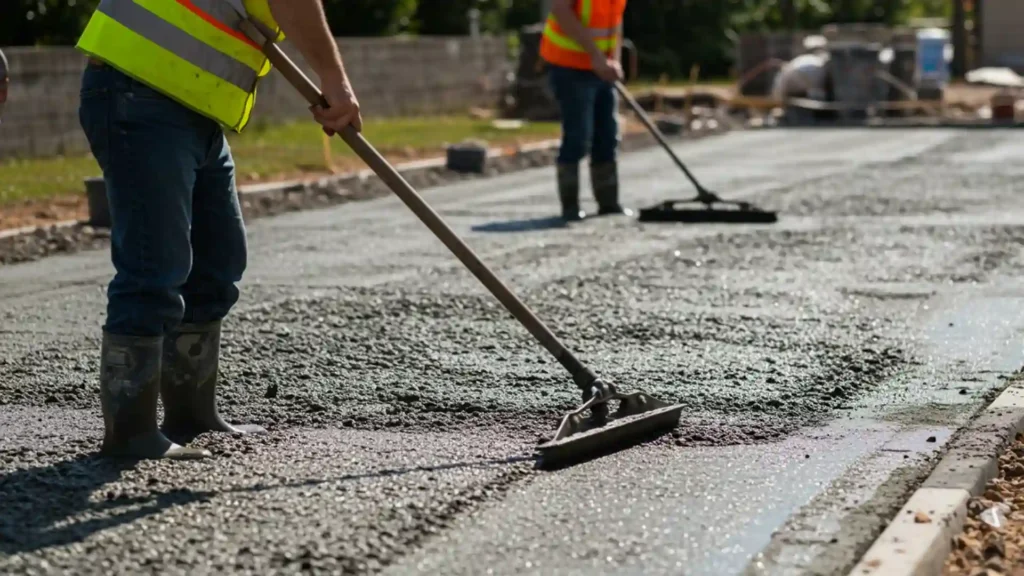
How Is a Concrete Slab Installed for a Home Foundation?
Lorem ipsum dolor sit amet, consectetur adipiscing elit. Ut elit tellus, luctus nec ullamcorper mattis, pulvinar dapibus leo.
The process of installing a slab foundation actually begins well before the bricks are laid. Concrete contractors first test is to compact the soil to ensure it is stable enough to hold up the structure. They then laid down a 4– to 8-inch base of gravel for drainage and installed a vapour barrier to prevent moisture.
The formwork and reinforcement of the concrete are placed, then, after receiving approval, the batch pour is executed in order to avoid vulnerable joints. The surface is levelled and smoothed, and then the slab cures for as long as 28 days — a key stage in which the slab achieves its final strength and stability.
The Advantages (Why Builders Choose It) | The Drawbacks (What to Watch Out For) |
Fast Turnaround – Slabs can be poured and cured in weeks, not months. With no crawlspace excavation, projects stay on schedule. | Crack Risk – If the soil shifts or isn’t properly compacted, the slab can develop surface cracks or uneven settling. |
Cost-Effective Build – Fewer materials and less digging make this one of the most budget-friendly foundation options for new homes. | Difficult Repairs – Accessing plumbing or electrical lines beneath the slab often requires cutting through concrete, which can be expensive and invasive. |
Low Maintenance – With no crawlspace to manage, homeowners avoid issues like pests, mold, or moisture buildup. | Moisture Concerns – Without a properly installed vapor barrier, moisture can rise through the concrete and affect interior finishes over time. |
Pro tip: For clay-heavy or unstable soil, consider reinforcing the slab design with engineered fill or post-tension systems to ensure long-term durability.
What Is a Concrete Pad and When Should Homeowners Use It for Outdoor Structures?
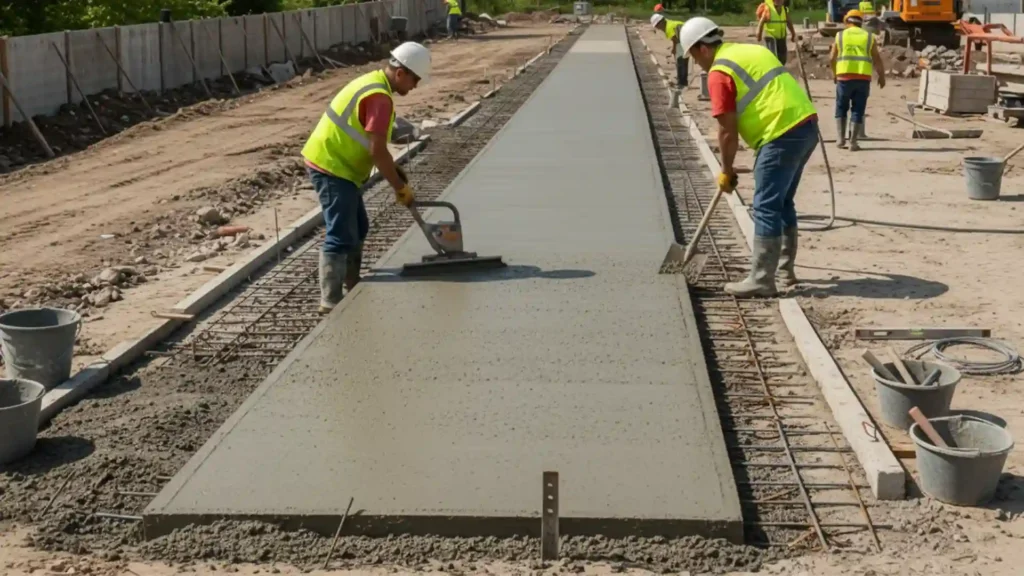
A concrete pad is a smaller, individual poured slab that serves a variety of purposes: from providing a firm place to install a towel rack to acting as a means of anchoring your shed down securely. Consider it a focused foundation for backyard patios, garden sheds, hot tubs, HVAC units or generator platforms.
According to the Concrete Network’s Concrete most pads are 3 to 4 inches thick for light structures, while heavy equipment or hot tubs may need 6 inches or more to handle additional weight and stress. Unlike a full concrete slab foundation, a pad transfers loads to a compacted subbase without bearing the weight of an entire home.
How Does a Concrete Pad Differ from a Concrete Slab?
Though they may appear the same, at first glance, a concrete pad and a concrete slab are different things. But they are built for different purposes, particularly in Charlotte’s heavy-clay soil where proper base material selection also matters when longevity is a consideration.
A concrete pad is smaller and simpler. It’s usually 3 to 6 inches thick, sometimes lightly reinforced with wire mesh, and rests on compacted gravel. Pads are used for patios, sheds, hot tubs, and outdoor equipment, not entire houses.
On the other hand, a solid concrete slab foundation is actually a part of your home, it holds up your entire house. It’s built with steel rebar, perimeter footings and moisture barriers, and intended to evenly distribute weight over the ground. As HomeAdvisor details, slabs are more complicated and must be installed with greater accuracy, but they provide the stability and longevity required of an entire residential foundation.
What Outdoor Structures Commonly Use Concrete Pads?
- Garden sheds and tool storage buildings
- Outdoor kitchens and barbecues
- Swimming pool equipment and hot tub platforms
- Air conditioning units and standby generators
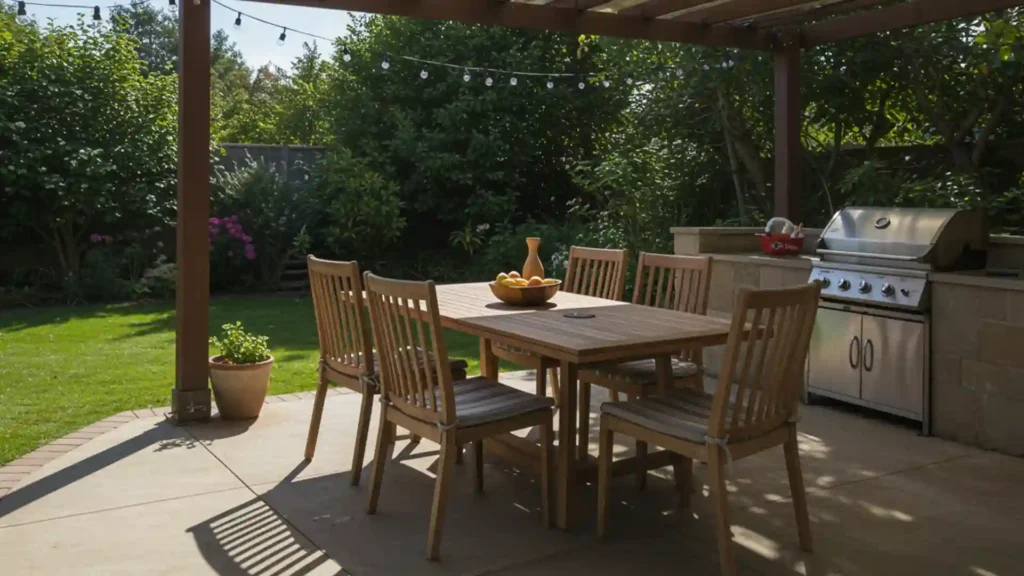
How much does a Concrete Pad cost in Charlotte NC vs a Concrete Slab?
Comparing costs between a concrete slab foundation and a concrete pad involves assessing materials, labor, site preparation, and engineering requirements. Slab foundations typically range from $7 to $15 per square foot in Charlotte, factoring heavier reinforcement, vapor barriers, and soil reports.
Concrete pads for outdoor structures can cost $7 to $12 per square foot, as they require minimal engineering and lighter reinforcement. Understanding cost drivers helps homeowners budget accurately and choose the right solution for their project scope.
Item | Slab Foundation | Concrete Pad |
Thickness | 4–6 inches | 3–6 inches |
Reinforcement | Steel rebar or post-tension | Wire mesh or minimal rebar |
Subbase | Gravel + vapor barrier | Compacted gravel only |
Labor Complexity | High (engineered process) | Moderate (simpler formwork) |
Average Cost per Sq Ft | $9–$15 | $7–$12 |
When it comes to concrete work, the cost is not only in how much you pour — but also what’s happening below. In Charlotte, where clays run high in the soil and expand and contract with the seasons, site preparation is often a cost driver. Residential concrete contractors who install any kind of slab may have to grade, compact or otherwise work on the undisturbed native soil before the pour to avoid cracking or settling. Other things to consider are slab depth, type of reinforcement, vapor barriers and insulating materials – all important considerations that affect strength and cost.
At Durafy, our skilled general contractors and concrete slab specialists help Charlotte homeowners budget smart from the start. Here’s how we do it:
- Start with a soil report. A simple test can reveal if your site needs grading, compaction, or stabilization — key steps to prevent future cracking or settling.
- Get itemized estimates. We break down every cost clearly, from drainage and formwork to sealants, finishes, and reinforcement options.
- Design with practicality in mind. Our residential concrete contractors guide specs that match your lifestyle, whether your pad will host a cozy patio, a hot tub, or a backyard gym.
- Leverage local expertise. As your trusted concrete slab contractor in Charlotte, we bring regional know-how and transparent advice to help you plan with confidence.
Smart Maintenance for Long-Lasting Concrete in Charlotte, NC
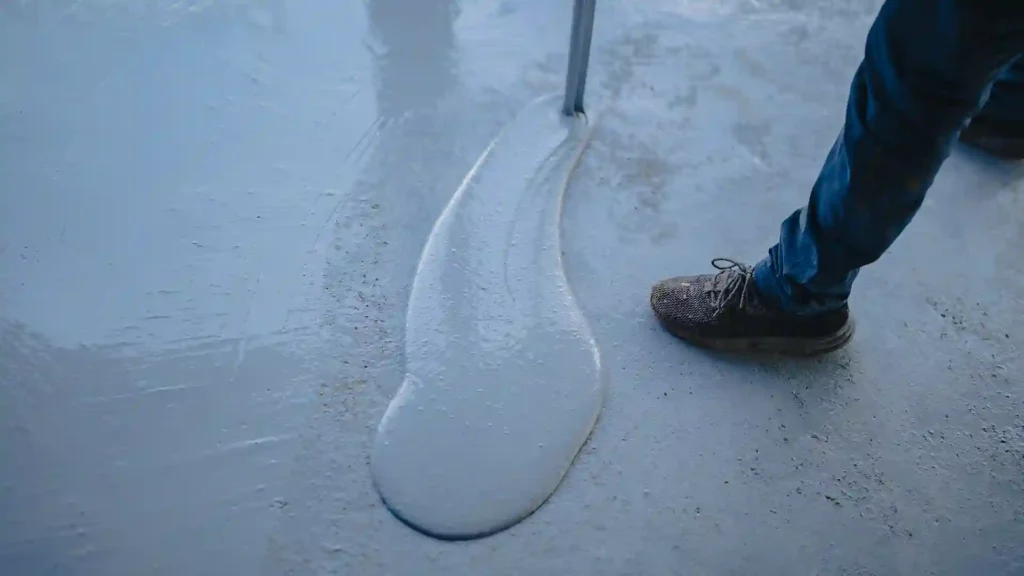
Concrete may seem tough, but even strong surfaces will wear and show stains over time in Charlotte’s shifting clay soil. The good news? Good care need not be complicated; it just requires consistency and some insider know-how. The biggest offenders in premature failure of concrete, according to the American Concrete Institute (ACI), is not bad materials but water penetration and getting ignored over time. This is where smart maintenance enters the picture.
At Durafy, our general contractors like to let homeowners know that concrete maintenance isn’t about being perfect; it’s about being proactive. First, the basics: keep the surface clean and make sure water is moving away from the edges if possible, add a breathable sealer and follow it up with one every few years to protect against freeze-thaw cycles. You don’t need to freak out when the hairline cracks appear, but don’t ignore them, either. Injecting them soon after they form with epoxy or polymer seals keeps moisture from making the problem worse underneath.
Here’s something most residential concrete contractors won’t tell you: when it comes to concrete slabs in Charlotte’s humid summers, surface pH balance can make or break their longevity. Unsealed concrete often develops a mild alkaline buildup called efflorescence, which appears as a chalky white film. Beyond looking dull, this buildup weakens how well new sealers or coatings bond to the surface, leaving the slab vulnerable to moisture and discoloration.
Before resealing, a light acid wash or professional cleaning neutralizes that surface alkalinity, helping the sealer adhere properly and restoring the slab’s original tone. This simple step can extend the life and appearance of your slab by years.
Homeowner’s Concrete Installation Checklist
Before the Pour
Talk with your general contractor about soil prep first — in Charlotte, clay-rich ground can expand and shrink with every season. Make sure they’re adding a gravel base and a vapor barrier to control moisture. Ask what mix they’re using too; not all concrete is created equal, and the right blend can mean the difference between a smooth pour and early cracking.
After the Pour
Take a quick look once the concrete sets. Water should drain away naturally, not pool up near edges. Joints should be neat and evenly spaced. Within a few weeks, a breathable sealer will help protect the surface and keep it looking clean for years.
Durafy Tip
Most people think the hard part ends when the concrete truck leaves, but at Durafy, we know the real magic happens in the cure. If the slab dries too fast under the Carolina sun, it can lose up to 50% of its designed strength. Always ask how your concrete installation team plans to cure the surface.
Frequently Asked Questions
A concrete pad is like the “backyard hero”, perfect for sheds, AC units, or outdoor projects where you just need a tough, level surface. It’s usually thinner and easier to install.
A concrete slab, however, does the heavy lifting.
It forms part of your concrete foundation, supporting walls and structural loads. These slabs are reinforced with steel and poured by a general contractor as part of a full concrete installation.
Concrete foundations don’t fail overnight—they fail slowly when water sneaks in or soil shifts beneath them. Keep gutters clean, slope soil away from edges, and reseal expansion joints every few years.
Outdoor pads face sun, rain, and weight from grills, hot tubs, or generators. Give them a quick rinse each week, and every couple of years, power wash and apply a breathable sealer to prevent moisture buildup.


